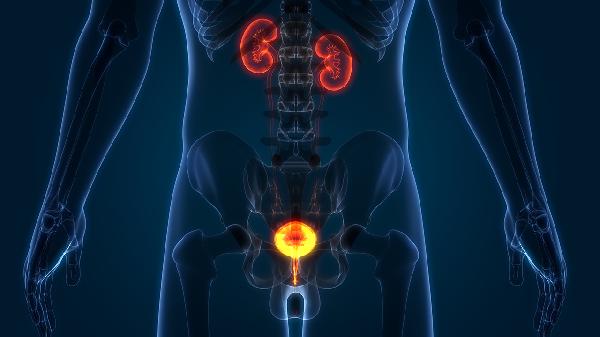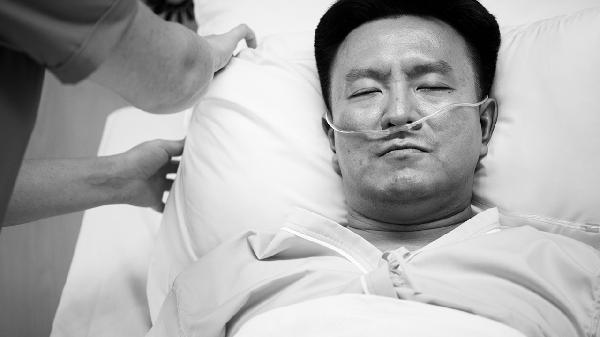Neurosyphilis is a disease caused by the infection of the nervous system by Treponema pallidum (the syphilis spirochete), and it is classified into congenital and acquired syphilis. So, what are the treatment methods for neurosyphilis?
The treatment for all types of neurosyphilis involves the use of penicillin. The minimum therapeutic serum concentration of penicillin is 0.03 μg/ml, and the maximum effective serum concentration is 0.1 μg/ml. It is generally believed that the treatment efficacy is related to the duration of the disease and less related to the dosage of penicillin.

1. Dosage and administration of penicillin
Currently, there are two main treatment regimens for neurosyphilis using penicillin, both domestically and internationally.
(1) Water-soluble procaine penicillin (procaine penicillin G) 900,000 units, intramuscular injection once daily for 15 to 20 days.
(2) Benzathine penicillin (benzathine penicillin G) 2.4 million units, intramuscular injection once weekly for 3 weeks. Some authors have considered that the above dosages may not restore the elevated white blood cell count in the cerebrospinal fluid to normal or that the virulence of Treponema pallidum in tissues is strong, thus advocating for larger doses such as using aqueous procaine penicillin, intramuscular injection of 600,000 units every 12 hours for 15 to 20 days, with a total dose exceeding 20 million units being preferable.
In 1998, the U.S. Centers for Disease Control and Prevention recommended the following penicillin treatment regimens for neurosyphilis: ① Aqueous crystalline penicillin G, 2 to 4 million units, intravenous infusion every 4 hours for 10 to 14 days; ② Procaine penicillin, 2.4 million units, intramuscular injection once daily, along with oral probenecid 500 mg four times daily for 10 to 14 days.
Some scholars believe that after the above treatment, continued intramuscular injection of benzathine penicillin (benzathine penicillin G) 2.4 million units once weekly for 3 weeks may yield better results.
All treated patients should undergo regular follow-up observations. Generally, within the first year after treatment, follow-up examinations should be conducted every 3 months, including serum syphilis tests. If recovery is good, follow-up can be extended to every six months to one year. Cerebrospinal fluid examinations should generally be conducted every six months to one year until both cerebrospinal fluid and serum have returned to normal. Patients should typically be followed up for at least 3 years.
2. Re-treatment issues
During follow-up observations after treatment, if the previous treatment is found to have failed, re-treatment should be considered. Treatment failure is mainly manifested by the continued active state of neurosyphilis infection, such as the progression of clinical symptoms, persistently elevated cerebrospinal fluid cell counts after treatment, or failure of cerebrospinal fluid cell counts to return to normal after 6 months of treatment. Re-treatment should also be considered if the VDRL titer in serum or cerebrospinal fluid does not decrease or increases.
3. Jarisch-Herxheimer reaction
This refers to the systemic and local reactions caused by the release of exotoxins from a large number of killed Treponema pallidum within the first 24 hours of penicillin treatment. This reaction can reach its peak within a few hours. Systemic symptoms include high fever and skin redness, which usually subside within 24 hours. Local reactions in neurosyphilis patients may include sudden worsening of pre-existing visual disturbances and exacerbation of psychiatric symptoms such as confusion and delirium in patients with general paresis, and occasionally, epileptic seizures. The Jarisch-Herxheimer reaction can occur at the beginning of any form of anti-syphilis treatment, especially in seropositive early syphilis, but seems to be less common in neurosyphilis. To prevent this reaction, steroids can be administered before penicillin treatment, but the efficacy is still inconclusive.
4. Tetracycline and erythromycin
For patients allergic to penicillin, erythromycin or tetracycline can be used. These two drugs are effective for early syphilis but have uncertain efficacy for late neurosyphilis. The dosage of tetracycline is 500 mg orally every 6 hours for 30 days. The dosage of erythromycin is the same as tetracycline. Tetracycline should not be used in pregnant women and children as it can affect teeth and bones.
5. Symptomatic treatment
For patients with seizures, antiepileptic drugs such as carbamazepine and benzodiazepines should be administered. For bladder dysfunction, aseptic catheterization should be performed for urinary retention and regular bladder irrigation. Patients with tabes dorsalis experiencing lightning-like pain can be given analgesics including tramadol sustained-release tablets, but addiction should be prevented. Visceral crises can be controlled with atropine, etc.
After rational anti-syphilis treatment, asymptomatic neurosyphilis has the best efficacy, followed by meningeal neurosyphilis and vascular neurosyphilis. About half of the cases of tabes dorsalis and general paresis show good results, while congenital neurosyphilis has poor efficacy.
























